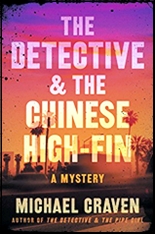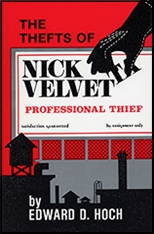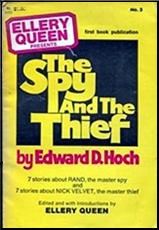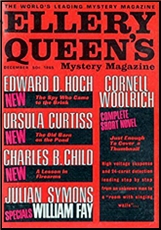Thu 22 Aug 2019
Pulp Stories I’m Reading: Three Northerns by FREDERICK NEBEL.
Posted by Steve under Pulp Fiction , Reviews[2] Comments
FREDERICK NEBEL “Wolves of the Wild.” Novelette. First published in Ace-High Novels, April 1932, Collected in Forbidden River (Black Dog Books, trade paperback, 2014).
In this tale of the frozen North an old prospector named Shorty finagles the son of a good friend, wasting his life away as gambler in a Yukon saloon, into hitting the trail with him on his next expedition. He needs toughening up, Shorty thinks.
There’s only one problem. Shorty has come into town with a pouch full of gold, and when others see gold as rich as this, they start thinking that there will be more of it at the other end of Shorty’s trail. They is a girl, too, and even though this is all the story there is, Nebel fills over 40 pages to tell it. Luckily he’s a good enough story teller that you don’t really notice how thin the tale is until 20 minutes later, when you’ve finished it.
The second story in this same collection, which I’ll stick with for a little while longer, is “A Gambler Passes,” which first appeared in the January 1930 issue of Five Novels Monthly. The latter was an all-purpose magazine, usually with one mystery story, a western, a sports story, and a couple of adventure tales or maybe a romance. Since “A Gambler Passes” is less than 50 pages long in book form, you can easily realize that calling the stories “novels” is really only a case of exaggerated salesmanship.
That the leading character in “Gambler” is, guess what, s gambler, should come as no surprise. That his name is Jack Cardigan is a bit startling, but only if you know that Jack Cardigan was also the name of his long-running private eye character later on in Dime Detective. In his long, informative introduction to this collection, publisher and editor Tom Roberts seems to suggest that the two are one and the same. They certainly could be, and it’s fun to think so, but without more evidence, I’m inclined to write it off as an author doubling up the use of a name that caught his fancy.
I could be very wrong about that, and the more I think about it, the more likely I think I may be.
In this story, the gambler Jack Cardigan is accused of killing the son of the man who has the small mining town of Lodestar. That it was an accident that occurred while the dead man was foisting his attentions too fiercely on the girl Cardigan loves makes no difference to the kangaroo court that is convened, and once convicted, Cardigan has to flee.
And thus follows a lot of traipsing around in the snow-covered wilderness. One gets the feeling of how bitterly cold the weather that far north can be, but after a while one also begins to wonder how easily the main protagonists run across each other while fighting off blizzards and general fatigue. Still, a good story with a satisfying ending.
Nebel takes a different approach in “Forbidden River,” reprinted from the June 1930 issue of Five-Novels Monthly. The primary protagonist is a lawyer from Chicago who is making a trip to the North country as part of a hunting vacation with a friend who has a lodge there.
The trip is by train, and on the train the one other passenger is a young girl who appears to be of French heritage. When his back is turned she pulls the emergency cord, the train stops, and she jumps off. Going to the end of the train, he falls off as the train starts up to look for her, and he’s off and running in an adventure he never in his life dreamed of.
I’ll not venture further into the plot, but all kinds of factions come into play, including murder and two Mounties, making it a detective story of sorts as well as a tale that once started is difficult to put down.
There are two more stories in this collection: “The Roaring Horde” (Five-Novels Monthly, April 1932) and “Gold” (North•West Stories, May 1931). I confess that I’ve not read either, I’m sorry to say, but I’m sure I will sometime soon. Nebel was a good writer, and these frostbitten yarns make for perfect reading in these hot and muggy days of mid-August.



